New coalition forms to advocate for art and design universities
It’s time to shine light on the impact of art and design schools, say presidents.
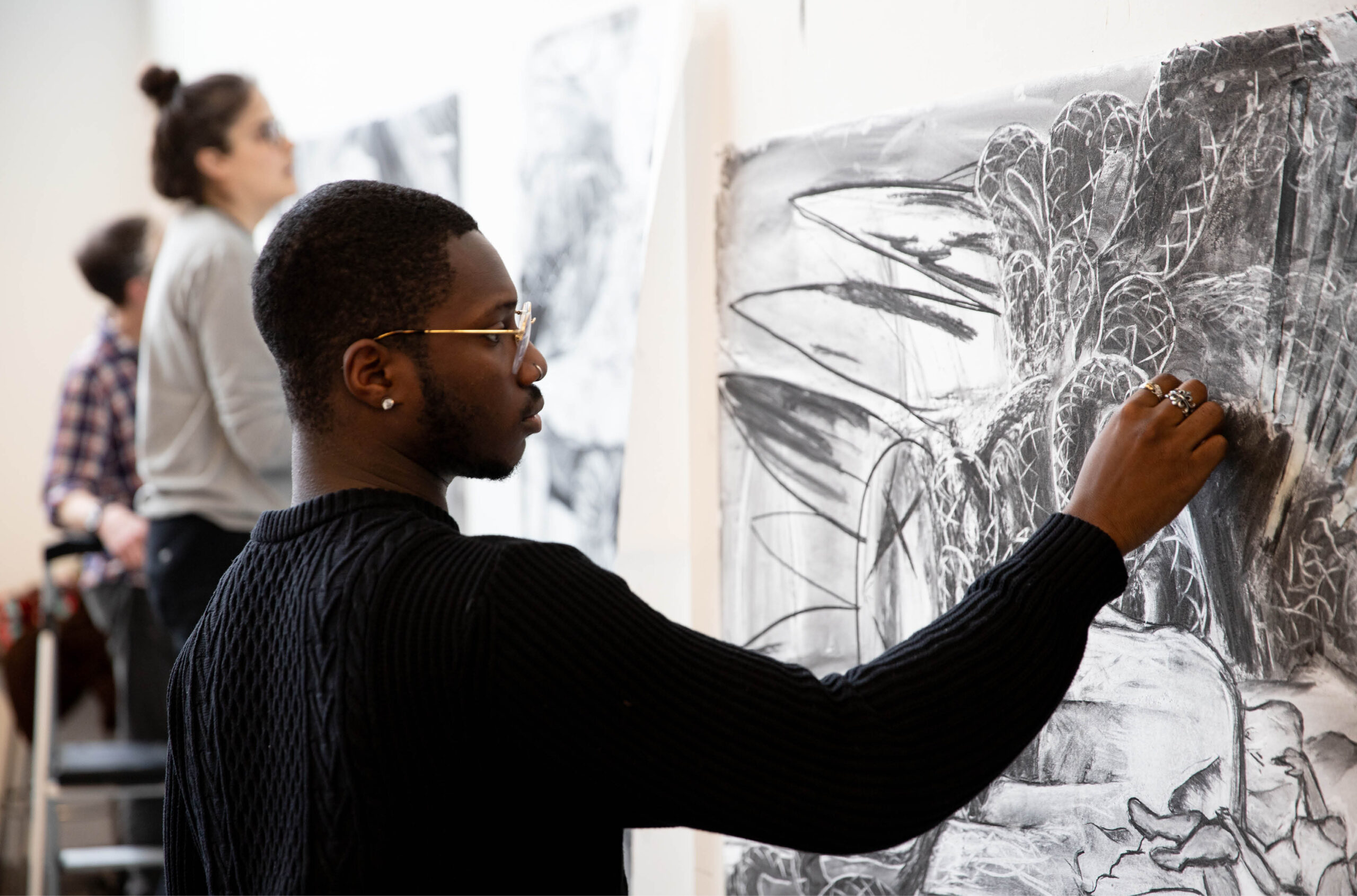
Canada’s art and design universities are ready to tell their story. Stretching from Halifax Harbour to downtown Vancouver, these postsecondary institutions have been educating graduates for more than a century. Despite that history, their contribution to Canadian culture and economy remains underrecognized. Now, the leaders of Ontario College of Art and Design (OCAD) University, NSCAD University, Alberta University of the Arts (AUArts) and Emily Carr University of Art + Design (ECU) have joined forces to form a new coalition. Tentatively named the UAD4 it aims to amplify their impact through a collective voice.
“Essentially you could say we are the engine that creates arts and culture in this country,” says Ana Serrano, OCAD University’s president and vice-chancellor. “And as the engine that accelerates and develops the talent feeding into the entire creative economy in this country, we have an outsize role to play in how the Canadian future unfolds and evolves.”

There are scores of art and design programs in Canada, but only four publicly funded universities entirely committed to these areas of study. Founded between the late 1870s and mid-1920s as vocational schools for largely male visual artists, they now offer programs in an array of art, design, media and creative disciplines. Programs range from the classics – such as painting, sculpture or photography – to contemporary specialities such as environmental design, integrated media and experimental animation. OCAD U is Canada’s largest, with 17 undergraduate and seven master’s degrees while Vancouver’s Emily Carr consistently ranks among the top 25 art and design universities in the world.
“We recognize that there’s more that holds us together than separates us,” says Trish Kelly, ECU’s president and vice-chancellor. “This is a real opportunity to think about not just what we do for our local economies in context, but what we do for Canada. That’s really what this is about.”
The four schools have a combined total of 10,000 students each year – about half the size of Canada’s smallest research university. But UAD4 leaders are proud to note that their graduates’ impact defies expectations.
The creative sector contributes more than $50 billion to the national economy each year and employs nearly 740,000 people. While UAD4 grads are the sector’s driving force, many Canadians – and their provincial governments – remain unclear, or maybe even unaware, of the extent to which art and design universities are crucial to the economy, say their leaders. “It’s easy to see why people miss what happens at arts school. But to be honest, our students and our alum are changing the world around us anyway,” says Dr. Kelly.
The trope of the struggling artist has long been worn out, say UAD4 leaders. A recent survey by OCAD U shows that more than 80 per cent of students are employed six months after they graduate. Alumni generally find work within their fields as graphic designers, illustrators, and writers among other creative disciplines. But many graduates also go on to work in everything from city planning to advertising and community development. “You name an industry, they’re at the forefront of it,” says Dr. Kelly.
“It’s easy to see why people miss what happens at arts school. But to be honest, our students and our alum are changing the world around us.”
The same survey showed that more than 90 per cent of art and design graduates describe themselves as ‘their own boss.’ “A lot of our students ultimately are creative entrepreneurs that span across multiple sectors,” says Ms. Serrano. “The idea that somehow you go to art school, you become an artist, and that the artist is starving is a very traditional way of thinking about what is actually happening.”
‘All of our programs are expensive.’
A primary motivator for the coalition is the financial uncertainty that continues to plague Canada’s postsecondary education sector. The cap on international student study permits imposed by the federal government in 2024 cut by nearly half a significant source of revenue for universities, while in some provinces operating grants have not kept pace with inflation. “Let’s face it, it isn’t exactly the smoothest sailing for universities right now,” says Dr. Kelly.
Adding to that financial burden, the UAD4 face distinct challenges. Much of art and design teaching is practice-based education whereby students learn from practitioners in their field in a hands-on learning environment with small class sizes, such as a studio or workshop. Classes generally require expensive materials and technology – from oil paints and precious metals to 3D printers, laser cutters and virtual reality headsets. “We need state-of-the-art tools and facilities to train the next generation in both an academic and more industrial environment. It’s very expensive,” says president emeritus Peggy Shannon of NSCAD University, formally the Nova Scotia College of Art and Design. Dr. Shannon, who previously served as chair of the school of performance at Toronto Metropolitan University, says at larger universities, the costs of practice-based classes or studios can be fiscally balanced by larger, revenue-generating lecture-based courses.
Art and design universities aren’t afforded this luxury, and it’s a ubiquitous problem across the UAD4. “It’s harder to pack thousands of students into labs when they’re meant to be working with their hands,” says Ms. Serrano. “Part of our challenge, and opportunity, is figuring out how to bring that studio-based education into the 21st century.”
Local and regional communities
One of the goals of the UAD4 is to help both the public and provincial governments understand how art and design universities benefit their local economies. Over half of NSCAD graduates launch their own companies, not-for-profits or galleries, while the large majority find work in a creative field. “They contribute to the workforce,” says Dr. Shannon, “That’s obvious to me, but not necessarily to others.”
The province of Nova Scotia is currently trying to double its population to 2 million by 2060 to address labour shortages and boost its economy. But the provincial government doesn’t always make the connection between achieving that goal and Nova Scotia’s cultural scene, says Dr. Shannon. “Halifax and Nova Scotia are beautiful, and we offer the art and culture of the province and this region. I wouldn’t want to move to a new place just to be a doctor – I’d like it to be a nice place to live,” she says. One of the university’s three campuses is situated in the Halifax port, where 350,000 tourists pass every day. “We call it our front yard. We are contributing to what tourists see, think and feel about Halifax.”
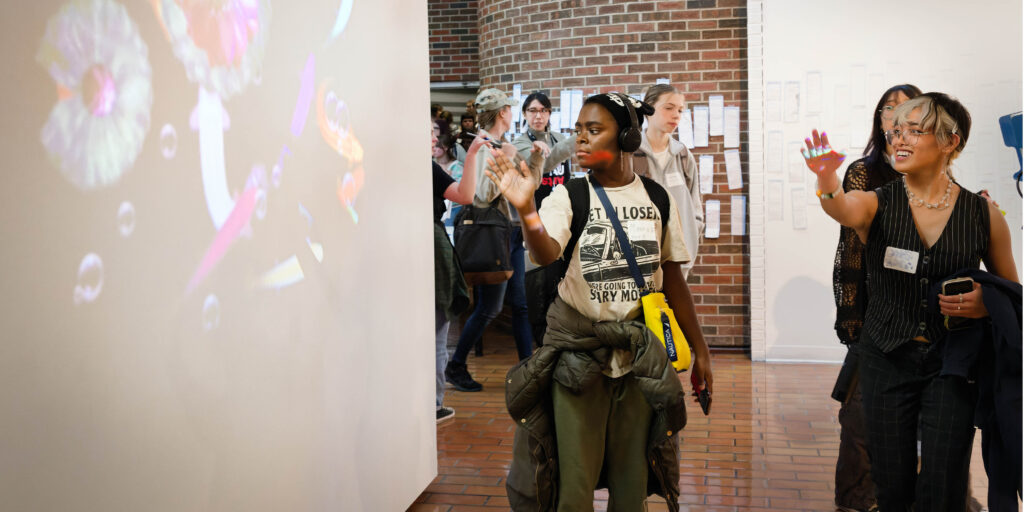
Alberta University of the Arts, which is set to celebrate its 100th anniversary next year, is the largest employer of artists in Calgary. “The way we engage with the city is through the work that our faculty, alumni and students are doing,” says president emeritus Daniel Doz. The university partnered with the City of Calgary in 2023 to have alumni design visuals for concrete safety barriers that were installed between traffic lanes and summer patios. During the pandemic, “garage art” galleries popped up throughout Calgary’s residential neighbourhoods – nearly 40 per cent of those exhibits were AUArts alumni. “So [those examples] are the kind of thing, the visual interaction, where the influence isn’t in your face but maybe a little more subtle,” adds Dr. Doz. “When you’re the art school in town, our influence is relevant everywhere, depending on who wants to engage with us.”
However, Dr. Doz admits that having that relevance recognized by the provincial government is challenging. The relationship between postsecondary institutions and the government has shifted significantly since he first became leader 15 years ago. “Postsecondary institutions are perceived as an instrument of economic prosperity – which is not false, each institution has an economic footprint,” he says. “But the relationship has shifted to how does it support a political agenda … because politicians now, their horizon is the next election.”
It’s the job of the UAD4 leaders to try to align their missions with that more narrow-minded focus of how some politicians look at the future. “That tension is challenging to navigate at the provincial level, so the four of us can have a little more weight by really sharing that message,” he says.
Unique student body
The diversity of the student body is another unique characteristic of art and design universities. At AUArts, more than a third of students have at least one declared disability, while at NSCAD that number rises to about 42 per cent, with mental heath and learning challenges being the most prevalent. The two universities also have a high number of students who identify as 2SLGBTQ: 60 per cent at AUArts and more than three-quarters at NSCAD.
“You have a population that exists in art school that society would say exists on the fringe,” says Dr. Doz. Arts schools are often the place where they find community, acceptance and support.
Alberta University for the Arts also has a higher number of Indigenous students compared to most universities, not only for of its location on Treaty 7 territory but because of its style of teaching. “We teach by making – much in the oral tradition,” he says. “I have an Elder Council and the bands and reserves that they come from, it’s all oral history. When you teach by looking at things, by talking and then making, it caters to people who don’t learn in a traditional way.”
Indigenous representation at the institution has helped guide the “artistic and cultural conversations” that have occurred across Western Canada, according to Dr. Doz. He points to alum and world-renowned First Nations artist Alex Janvier, who is considered a pioneer of contemporary and abstract Indigenous art.
“We need state-of-the-art tools and facilities to train the next generation in both an academic and more industrial environment. It’s very expensive.”
Dr. Kelly, at ECU, says the school’s Health and Design Lab is symbolic of how art and design universities bring criticality and awareness to Canada’s progress on goals including truth and reconciliation. For instance, the lab’s interdisciplinary team includes design students, faculty and research associates who partner with the ECU’s Aboriginal Gathering Place. Together, they host Elders, nurses, health care workers and community organizations to create and share stories about racism in the health care system and amplify voices often missing in conversations about systemic health inequities.
“I’ve had the privilege to be witness to some of those gatherings. But I can only say they’ve brought light and hope and even joy to those individuals who’ve come together to communicate about these difficult issues,” says Dr. Kelly.
While the coalition is still in its nascent stage, the UAD4 aim to meet quarterly to discuss the best way to advocate for their collective needs – but also for a better future for Canadians. Ms. Serrano, who co-chairs the Open Democracy project, an initiative that develops partnerships to reimagine democracy, says art and design skills are essential to graduates that will help define systems for the future. “What artists and designers know well is that they don’t know what will come next,” she says. Being comfortable with what might emerge – in the artistic process or in society – provides an adaptability that “everyone needs” in a rapidly changing place.
That unique perspective is invaluable when tackling complex questions about how to move forward in the face of national and international problems. Artists and designers, says Dr. Kelly, can help imagine solutions to the “complex, knotted, sticky problems” facing Canadian society.
“My concern is how to instill hope, how to make sure we are actually moving in a coherent and strategic way to make change in a world that quite dramatically needs it,” she says. “If we can’t apply curiosity, imagination and creativity to those sticky problems, we’re never going to find solutions.”

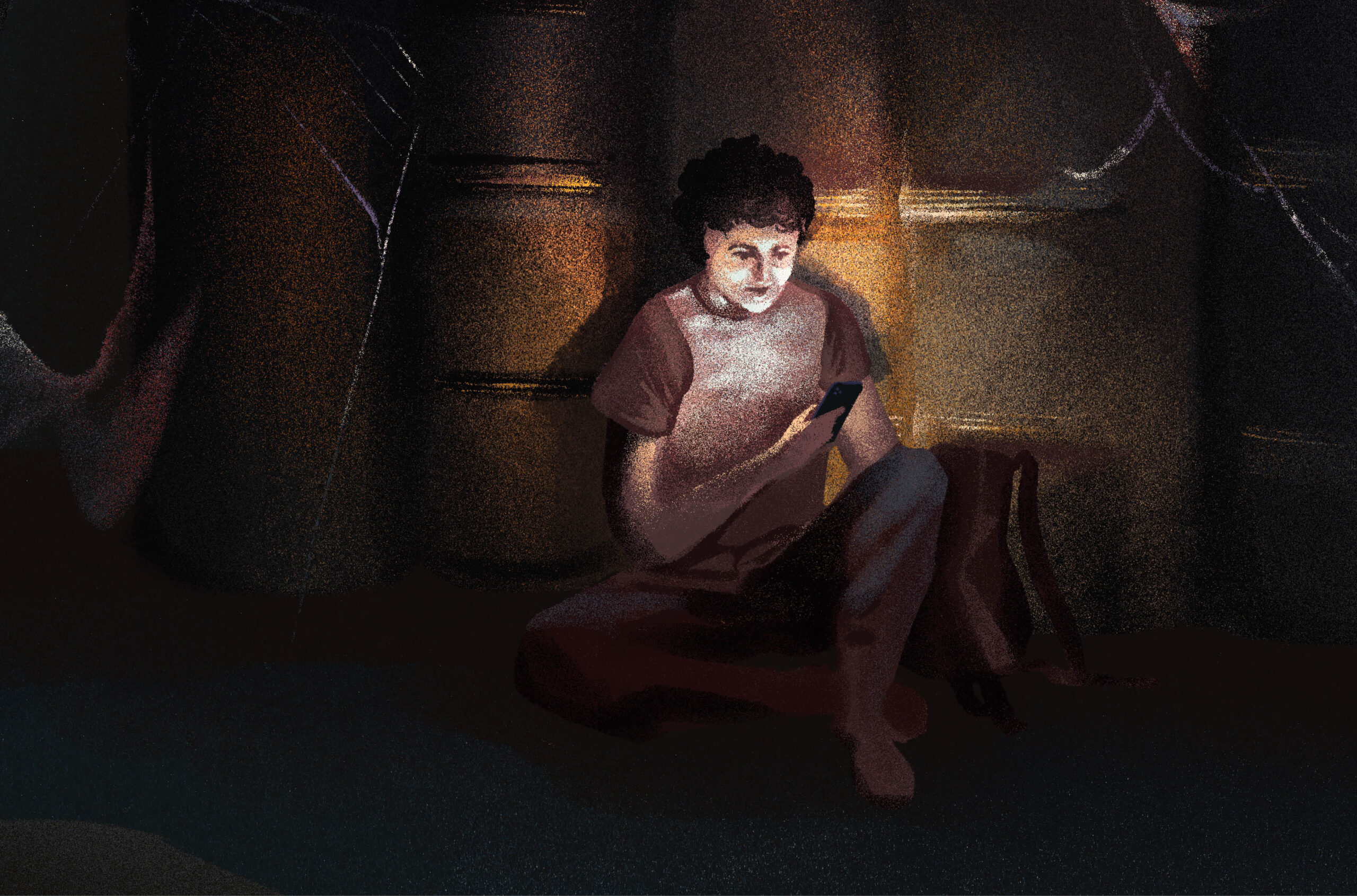
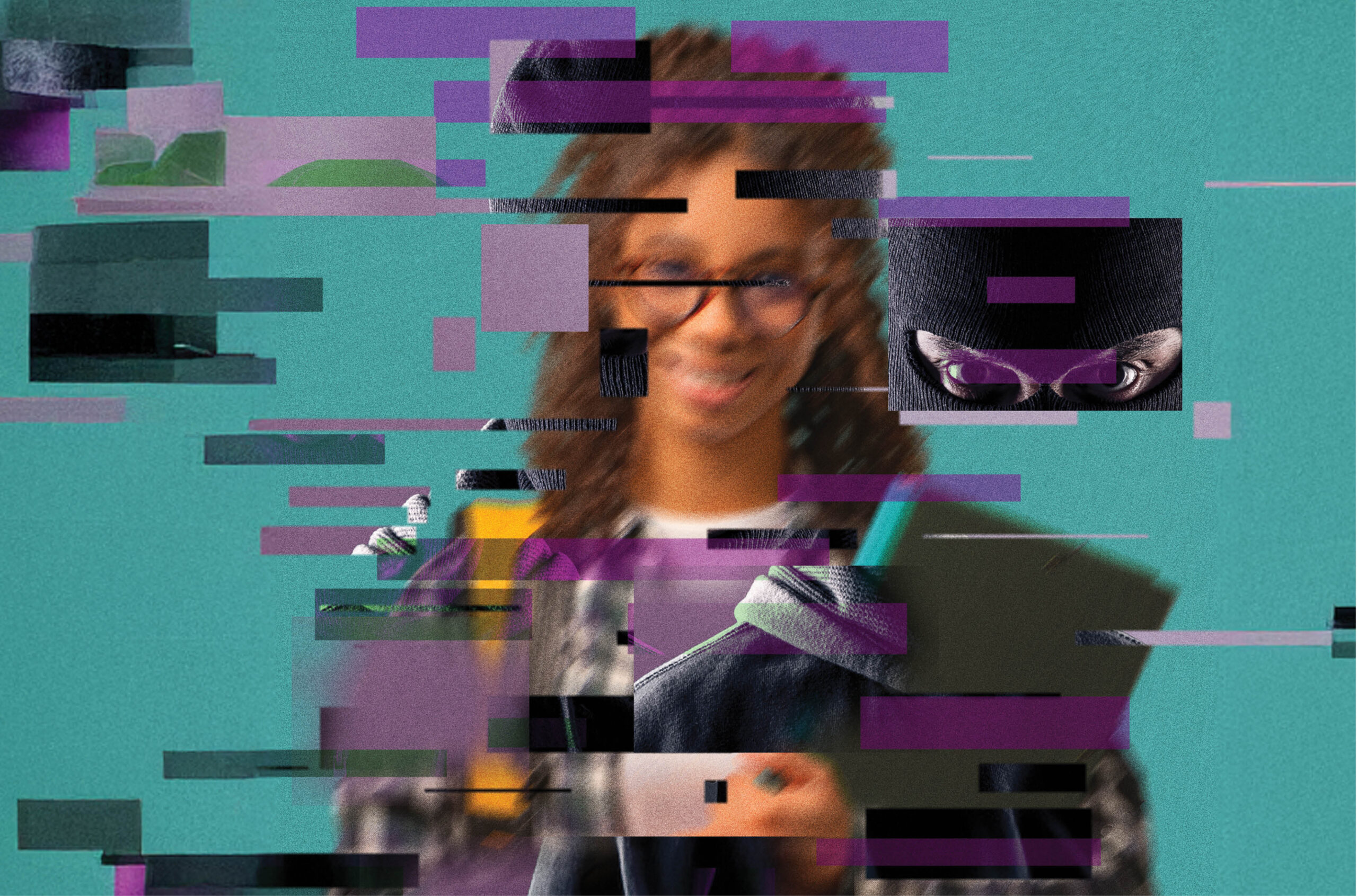

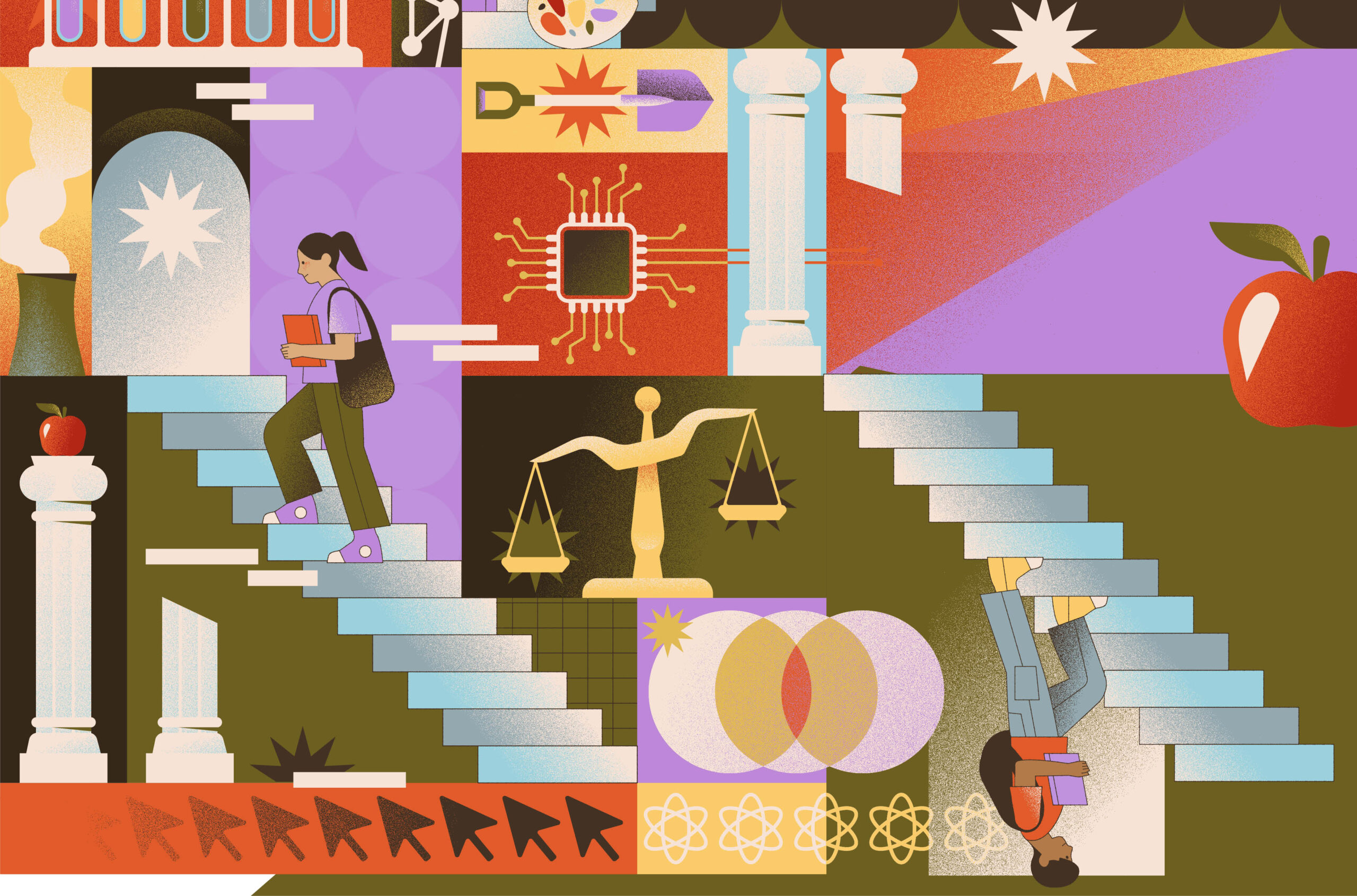
Post a comment
University Affairs moderates all comments according to the following guidelines. If approved, comments generally appear within one business day. We may republish particularly insightful remarks in our print edition or elsewhere.
1 Comments
Wonderful piece that truly centres both the evolution of Design as well as the possibilities. #criticaldesign